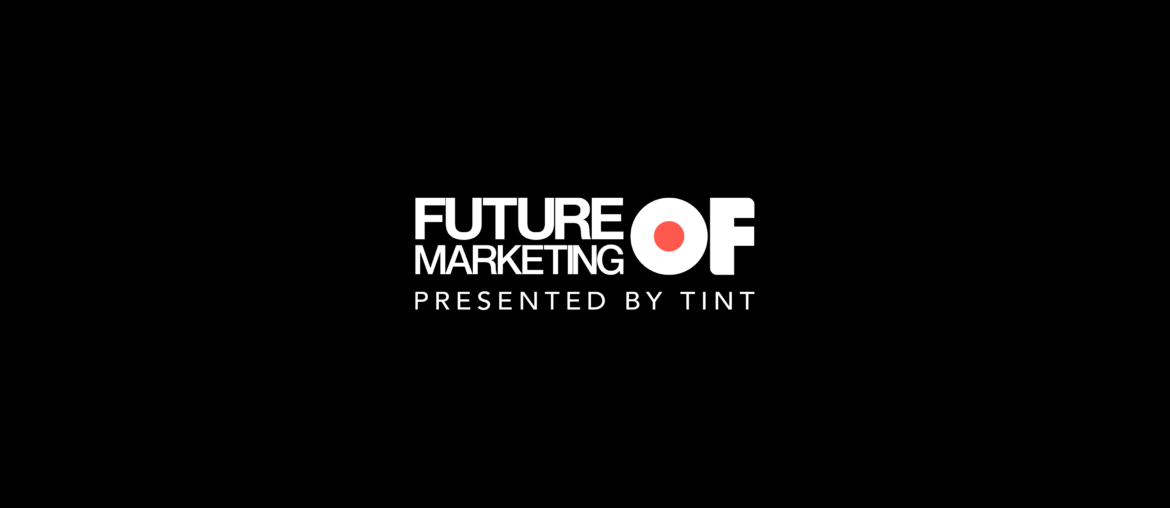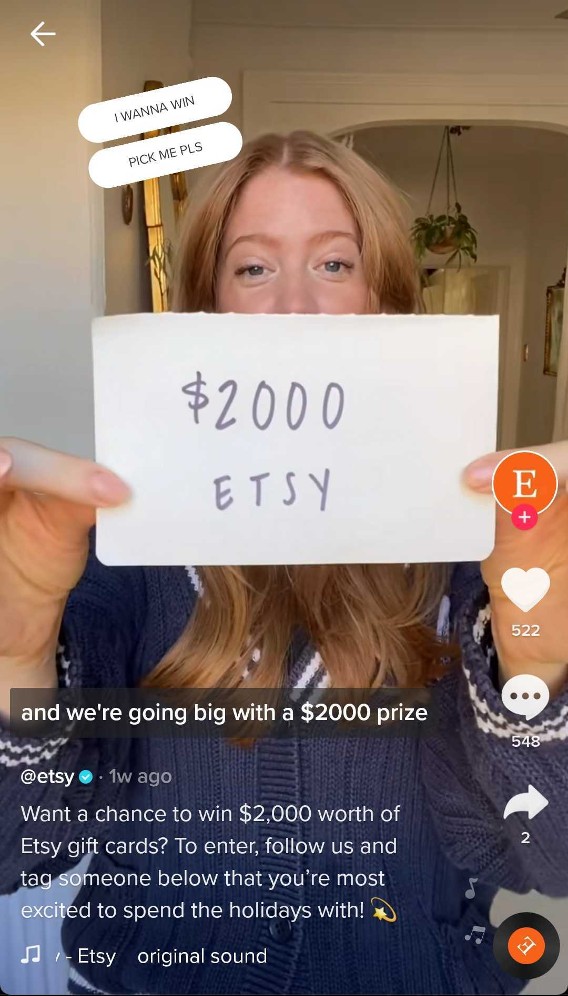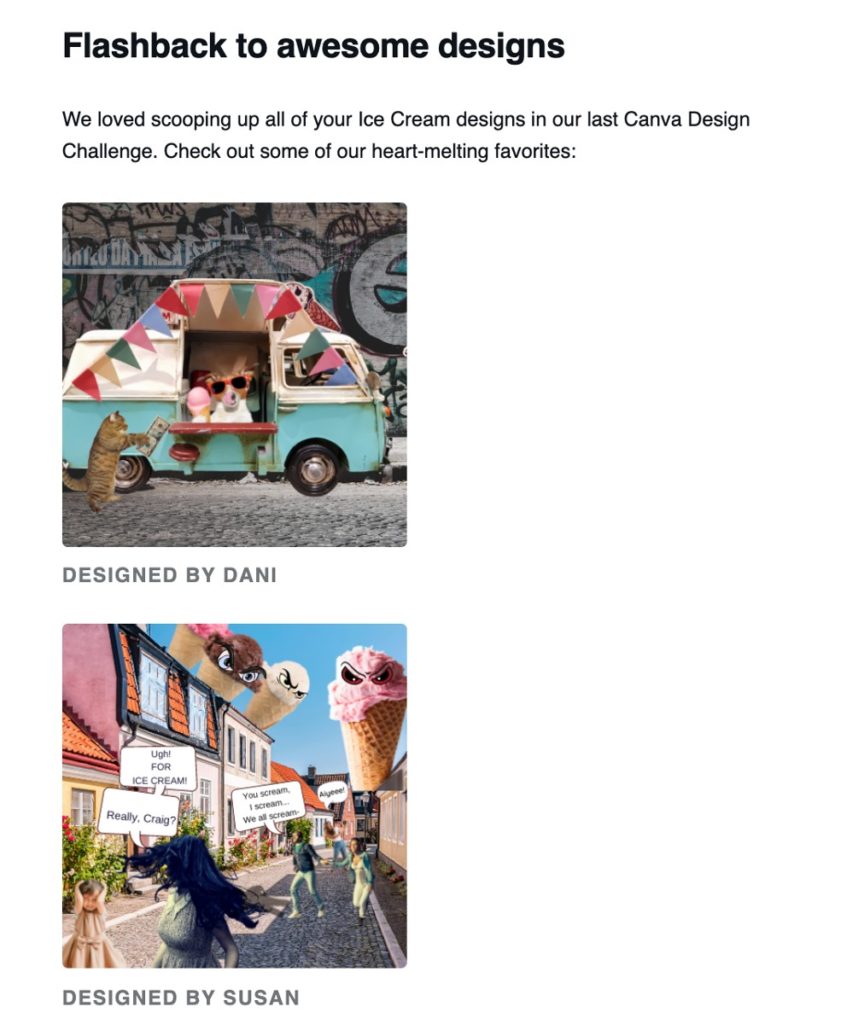Welcome to Future of Marketing.
Each week, we send you the most relevant trends, resources, and strategies in social and user-generated content (UGC) from leading marketers and brands around the globe.
Today, we’re discussing…
- The responsibilities marketers face
- How brands are marketing during the holidays
- #BrandCrush: Canva 💘
The responsibilities marketers face
Turnover among marketing professionals is high (and so is the cost of turnover itself).
It’s not surprising considering, “so often, there may be one social media manager [or marketer] that’s responsible for content creation, ideation, community management, and reporting in what should be a 40-hour workweek,” shared Youri Hollier, Director of Digital and Social at Tim Horton’s. “That’s just too few people for such an important function of a business.”
One solution to retaining talented marketers is to invest in growing your digital marketing teams and find ways to scale their responsibilities (like content creation).
For context, here are a few experiences marketers face when creating content:
- A podcast episode can take over 20 hours to complete from start to finish
- A video can take about two to three days to produce
- A single social post can take anywhere from 20 minutes to 2 hours – depending on its complexity
- A 1,500+ word blog can take 8 hours to 2 weeks to complete – depending on approval processes
As marketers report more responsibilities, consider investing in good people and user-generated content as a way to facilitate content creation.
According to Youri, “There are countless reasons to invest in user-generated content – it’s way more cost-efficient to source content than having to constantly create new stuff. And frankly, the quality is on par as often as stuff that you’d create yourself because there are some very creative people out there developing content on your behalf.”
How brands are marketing during the holidays
Ninety-four percent (94%) of survey respondents plan to shop online for Black Friday and Cyber Monday, and nearly two-thirds (65%) said they will be shopping in stores. In other words, providing a seamless online (and offline) experience is no longer optional – it’s expected.
Now, brands are investing more in digital channels and engaging their audience. For example, “On Nov. 29, [Kohl’s] will launch its #GiveWithAllYourHeart TikTok challenge, which includes a custom song that Kohl’s will encourage families to share with clips of personal holiday traditions like cookie baking, opening presents and matching family pajamas,” shared AdAge.
Kohl’s will also work with select TikTok creators to amplify this user-generated content (UGC), which the retailer plans to display on a light installation in New York City in December.
Other brands like Target, American Eagle, and Etsy are planning to invest in video content and engage fans on platforms like Snapchat and TikTok. Etsy is even giving away $500 on TikTok, where they’re asking fans to share what they’re looking forward to this holiday season for a chance to win.
TIP: Instead of creating entirely new branded content for the holiday season, try launching a contest or giveaway to engage fans and reel in user-generated content that can later be repurposed across other channels. This alleviates content creation, engages fans, and allows marketers to focus on creating experiences that boost word-of-mouth.
What we’re learning
- Black Friday eCommerce Strategies For Retail
- Why Marketers Should Blend Brand Voice With Community Voice
- 17 Unique Ways For Brands To Leverage TikTok This Holiday Season
- Advertisers, get ready to own the streets again with DOOH
- Snapchat Adds New Certification Course to Help Build Expertise in Snap Ads
#BrandCrush: Canva 💘
Each week in #BrandCrush, we highlight exceptional brands that are channeling their customers' voices to connect more authentically with their audience.
Hashtag challenges and user-generated content don’t have to just be product images submitted by your customers.
Canva, the design platform known for facilitating content production, hosted a challenge where they asked fans to share their creative llama-inspired designs by tagging #CanvaDesignChallenge for a chance to win a Canva prize pack. Canva then re-shared their favorite designs on social media (which is free exposure for the creators)!
Even better – Canva re-shared submissions from a previous design challenge (inspired by ice cream) in their newsletter to promote the llama-inspired challenge. This not only shows marketers that UGC can be repurposed on more than just your website, social media profiles, and product pages – but by re-sharing UGC, Canva also teaches fans what type of content they want to see (which encourages more people to participate in their challenges).
TIP: Hashtag challenges and giveaways are great ways to engage fans and get them to submit content that feels relevant to your brand. With holidays approaching, use this as inspiration to create campaigns where your audience can submit content you can later repurpose.


